How Architects Can Help You Win the Game of Property
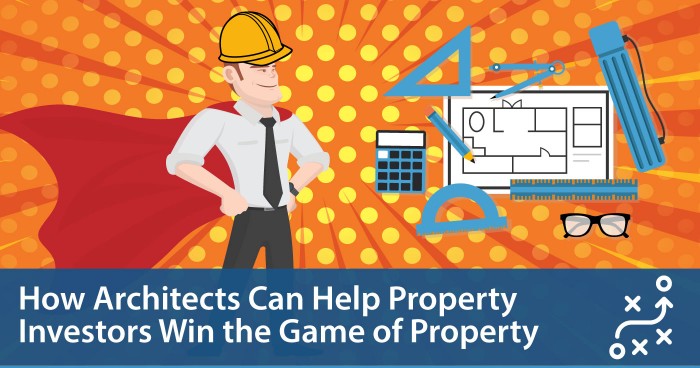
Whether you are looking to renovate, remodel or start a new build, every project can benefit from good design—and hiring the right design professional can help to make your vision a reality.
Having said that, finding the right design professional can help you to smoothly navigate the building and approval process, maximise your profits and minimise construction headaches, but choosing poorly can cost you lots of time and money.
What Services Do Design Professionals Provide
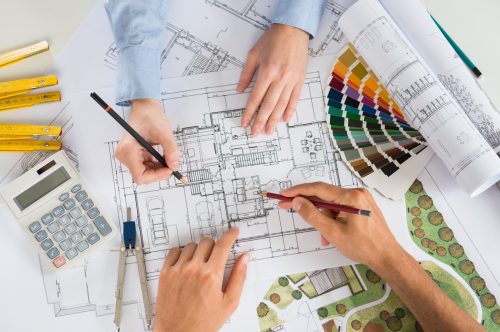
Many design professionals offer their clients a “one-stop-shop” for all building-related services, but they can also perform a reduced number of services, depending on your needs.
Design professionals offer a range of services, including:
- Meet-and-gather sessions, where they collect information about the project and the building site
- Sketch design or 3D modelling
- Design development
- Building documentation
- Construction documentation
- Coordination of consultants
- Variation assessment
- Budget management
- Managing approvals; and
- Contract administration.
What is an Architect?
I'm pulling back the curtain, revealing my best kept Deal Finding Secrets!
- My Secret Search Strategies: Unlock hidden cracker deals no one else knows about
- Stop wasting hours on research: Simple setup automatically hunts down hot deals for you!
- How to use Australia’s top research tool anytime to turning boring research into an exciting treasure hunt
- Bonus: Free Research Tool Credits Included!
🎯 Don’t miss this!

Many property owners are confused about the differences between an architect and a building designer.
Although they both design buildings, the main difference is that the architect must be registered with the state Board of Architecture in order to legally call him or herself an architect.
Architects must also follow a code of conduct that is typically enforced by the state board.
In addition to being registered with the state board, an architect must have a university degree and possess liability insurance.
Architects typically spend five years at university and complete an additional two years of real-world work under the supervision of a registered architect before they can obtain registration.
Although there is a misconception that architects are always more expensive, this isn’t necessarily true.
What is a Building Designer?
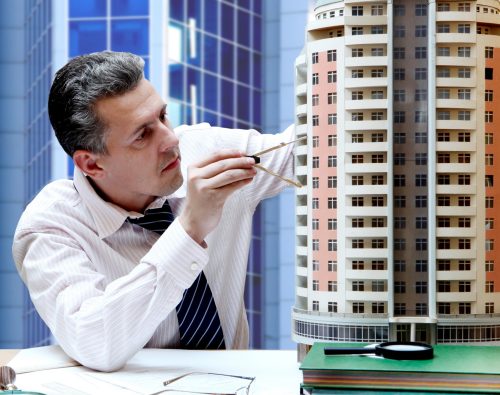
Building designers (formerly referred to as “draftsmen”) come from a number of design-related backgrounds and may have degrees and experience in architecture.
They typically focus on design and construction methods, meaning that they pay particular attention to how a design is translated from paper to an actual building.
However, building designers are not officially registered as architects.
In some parts of Australia, there are no registration or licensing requirements for building designers, but several states do require building designers to hold an accreditation, registration or license.
It is important that you familiarise yourself with the requirements in your area before choosing a design professional.
Even though anyone can operate as a building designer, a building designer’s work must still comply with building and planning regulations and, in some cases, undergo council approval in order to be built.
Building designers are sometimes employed by architects to assist with drawings and workload management. Less costly projects tend to be better suited to a building designer.
Engaging a Design Professional

Whether you decided to hire an architect or a building designer, you should be careful to choose the professional who you believe can best fulfil your needs and deliver a quality project on time and on budget.
There are five main areas that you should discuss with your design professional during your initial meeting:
- Qualifications: Be sure to find out whether they are officially registered as an architect, what type of training they have had, where they received their degree(s) and whether they have proper insurance coverage.
- Experience: Be sure to find out what type of projects they have worked on to determine if their skills and experience match your needs. For example, an architect who specialises in commercial development may not be the best choice for your residential project.
- Services provided: You should discuss the range of services your design professional can provide in relation to your needs (full-service vs. limited services vs. drawings only, etc.).
- Workload: You should discuss your design professional’s workload in relation to your desired timeframe. You also might want to discuss whether your design professional uses other staff members or consultants to assist with workload management.
- Fees: Because every project is different and fee schedules can vary, every initial meeting should include a conversation about the project’s budget and how you will be charged.
The Pre-Construction Process
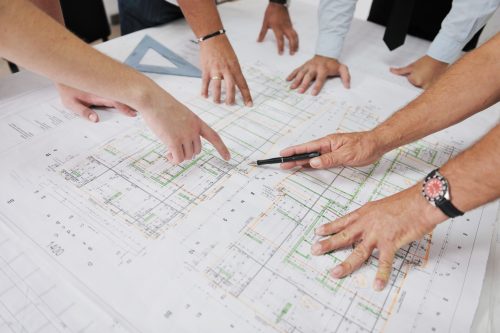
The first step in the building process is engaging with a design professional.
Having a qualified building designer on your team during the pre-construction phase, which refers to all the design and approval steps that are completed in advance of construction, can go a long way toward saving you time, money and headaches.
After you discuss your needs and goals, you still have a long way to go until you can start building:
- After your initial meeting, your design professional will visit and analyse the building site.
- If there is an existing structure on the site that is to be remodelled or renovated, your design professional will take measurements and make a model of the building.
- If the site is vacant, he or she will note any site features, such as slopes, that present design challenges. He or she may also hire a surveyor.
- After the site analysis is complete, your design professional will move into the design development phase.
- Your design professional will create a schematic design based on the site information and the design brief he or she received from you during your initial meeting.
- After the schematic design is complete, your design professional will obtain all required development approvals. The required approvals may vary depending on the size of your project and its location.
- When all approvals are received, your design professional will create detailed construction drawings that the builders use to actually construct the project.
Consultants, such as engineers, landscape designers, hydraulic specialists, surveyors and town planners will be used throughout the entire process to ensure that the process moves smoothly.
Common Pre-Construction Issues

One of the most common pre-construction issues is poor planning or no planning at all.
To ensure the best possible building outcome, it is critical for property investors to engage a design professional early in the process.
By getting a qualified design professional on board, you can begin planning early and stave off major problems down the road.
Here are a few other common pre-construction problems and how to avoid them:
1. Failure to invest in design
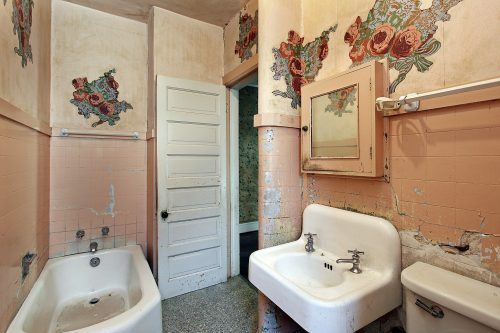
The design phase of the project is one of the most important.
Good design is functional, aesthetically pleasing and adds profitability and value to your property. Further, good design makes people want to be in the space.
An experienced design professional knows how to get the most bang for your buck out of every square meter.
Don’t forsake design just to save money, because a bad design could end up costing you far more in the long run.
2. Poor or inadequate documentation

Poor or inadequate documentation can lead to expensive problems during the construction process.
Believe it or not, incorrect or inadequate plans can still make it through the approval process.
If your project makes it to construction with documentation problems, your builders may need to request a variation, meaning that they have to act outside their existing work plan, do extra work and obtain extra materials to solve a problem.
In addition to wasting time, variations can also add extra, unanticipated costs to your project.
Hiring a qualified design professional can help you avoid variations and make the construction process go more smoothly.
3. Proceeding without a budget estimate
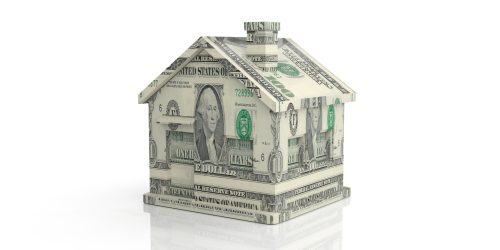
Most property investors know that accurate estimates are a huge part of making a profit.
Trying to implement champagne tastes on a beer budget is fraught with danger so it’s a good idea to obtain a budget estimate from your builder early in the planning stages and ask for updates throughout the pre-construction process.
Although builders are typically reluctant to give a firm estimate until the final plans are received, most will give an estimated range based on preliminary designs.
Also, knowing where your project stands in relation to your budget throughout the process can help you to prevent “budget creep” by tacking additional features or upgrades onto the project.
4. Lack of coordination of design processes

Failure to properly coordinate design processes wastes time—and time is money.
As previously discussed, there can be a range of consultants required for your project and you may need to obtain a range of approvals.
Therefore, it is essential to use reliable, responsive design professionals and consultants who are committed to moving your project along efficiently and adhering to your timeline.
Finding the Right Professional
In order to maximize your profits and receive a quality outcome, it is important that you hire a design professional who has your best interest in mind.
A quality design professional can be instrumental in the success of your project; conversely, making a bad choice can waste time and cost you money.
Here are some things to look for in a quality design professional:
1. Effective Management During Pre-Construction

By effectively managing pre-construction processes, your design professional can ensure that your project stays on time and on budget.
Developing accurate, detailed and complete documentation during the pre-construction phase will cut down on construction costs, save time and reduce the likelihood of expensive variations.
2. Meeting Your Needs—And Your Budget

Because you gave your design professional your budget figures and discussed your needs and goals for the project during your initial meeting, your design professional should deliver a design that adheres to these guidelines.
If your designer responds with a plan that your builder quotes at twice your budget—or the design doesn’t address your needs—you should find a new designer.
3. Collaboration

Design should be a collaborative process.
Your design professional should work with you and other consultants to deliver a design that truly works for you.
If you get the feeling that you are being treated like “just another job” or you aren’t being consulted on important decisions, you should find another design professional who is willing and able to truly understand your needs.
4. Identifying Opportunities to Save Time and Cost—and Increase Profit

Particularly for large or multi-residential projects, your design specialist should understand that less time equals less cost.
Your design professional should make every effort to keep the project moving and reduce time in the design and pre-construction phases by being responsive and using qualified, reliable consultants.
Additionally, your design professional should look for ways to increase your project’s profitability by maximising the building envelope or using space more efficiently.
5. Showing their work

Your design professional should walk you through all the plans and drawings and answer any questions you may have.
Whether you receive 3D models or 2D drawings, your design professional should ensure that you have an understanding of the plans and how to read them.
Whether you are building a high-rise or doing a residential renovation, you will be required to make many decisions along the way—and one of the best decisions you can make is hiring a design professional who is committed to good design and has your best interests in mind.
Looking for proven ways to create profits in the current market?
You'll find over 200 step-by-step case project studies, our renowned Master Classes and Property Crash Courses… and heaps more!
Try the Ultimate Property Hub now
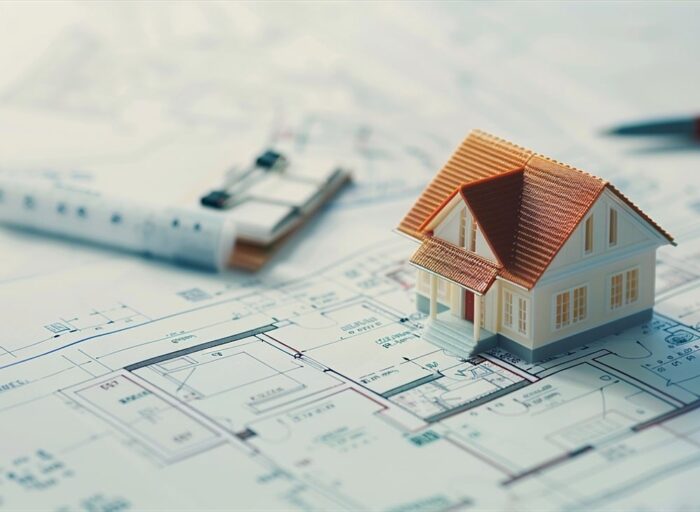
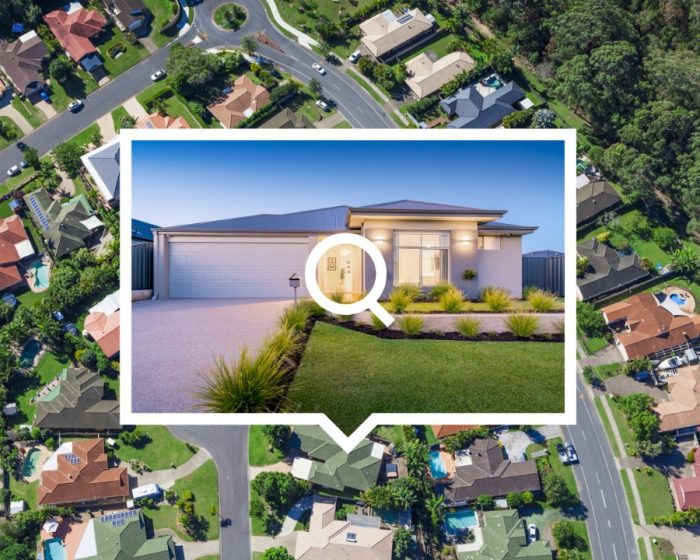
We went with an architect to design the Reno for our home. Even though we are experienced renovators we wanted to get it right. They assured us they could design what we wanted for our budget- however the design has come in at over double! The lesson is to make sure your budget is written in your brief before you sign off on the brief!
In my experience a good architect or a building designer can not only ensure you get a great design but can also save you thousands. I would also encourage anyone looking to engage an architect to ask for references and examples of past work. This is usually a great indicator as to what you can expect.
Make sure the building owner is happy and make sure you get all their questions answered